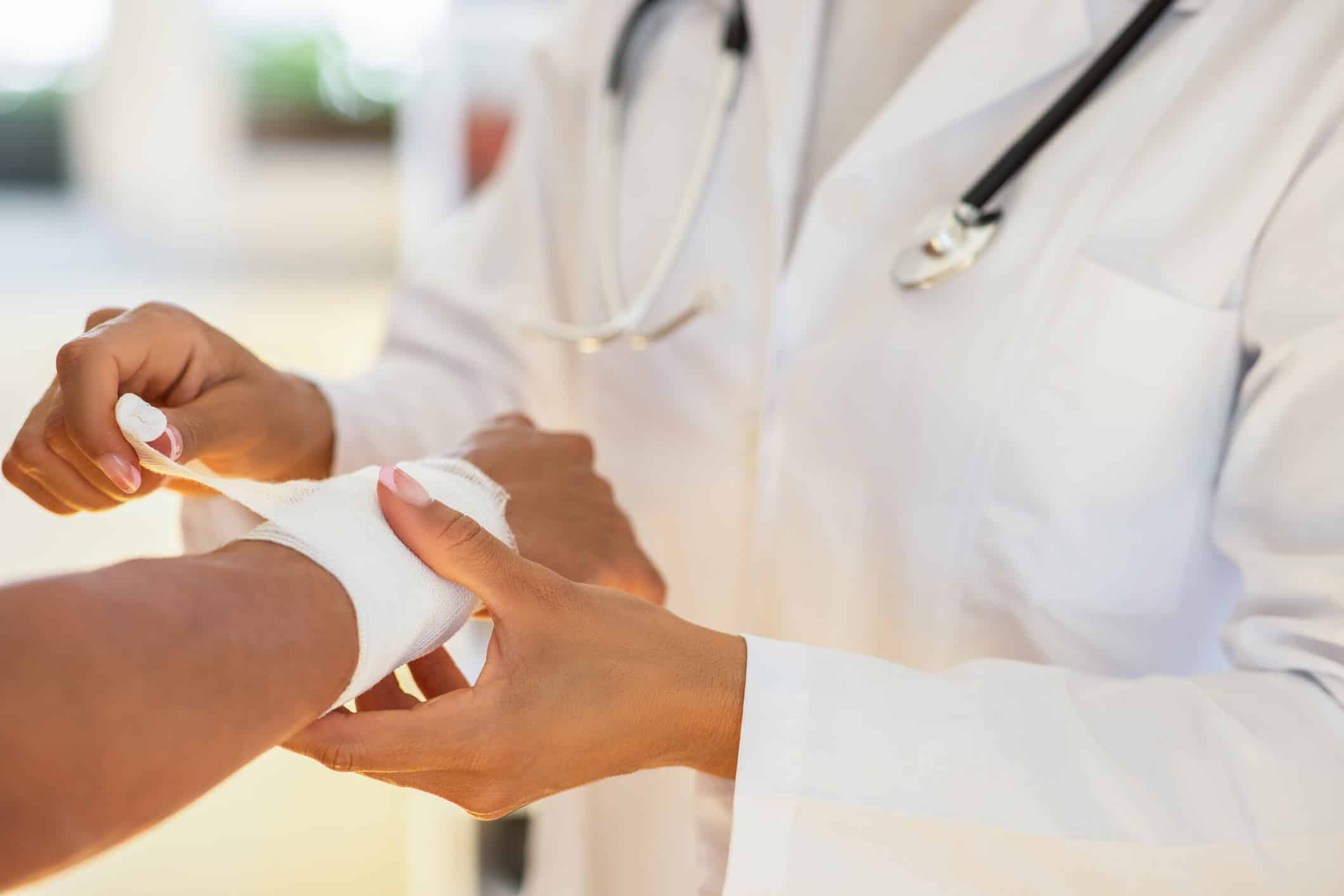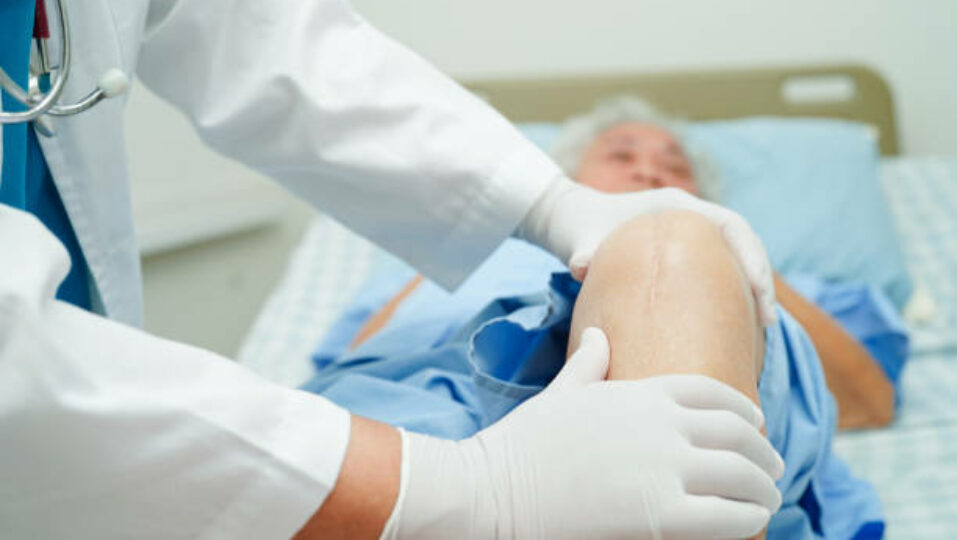Acne is a common skin condition that affects millions of people worldwide. It can range from the occasional pimple to severe, cystic outbreaks that leave lasting scars. Traditional treatments for acne often include antibiotics, which can be effective but come with their own set of challenges. In this blog, we’ll explore an innovative alternative known as Photodynamic Therapy (PDT) and how it offers a promising solution to acne problems.
Understanding Acne
Acne is a skin condition that occurs when hair follicles become clogged with oil and dead skin cells, leading to the formation of pimples, blackheads, and whiteheads. It’s a condition that varies in severity, with mild cases causing occasional breakouts and severe cases leading to painful, inflamed cysts.
While antibiotics have been a go-to solution for acne, they come with limitations. One significant concern is antibiotic resistance, which can render these treatments less effective over time. This has prompted the search for alternative therapies like PDT.
Introduction to Photodynamic Therapy (PDT)
Photodynamic Therapy (PDT) is an innovative medical treatment that has gained attention for its effectiveness in treating various skin conditions, including acne. It involves the use of photosensitizing agents and a specific light source to target and destroy harmful bacteria, sebaceous glands, and inflamed tissues on the skin’s surface.
PDT has a relatively non-invasive nature, making it an attractive option for individuals seeking alternatives to traditional treatments.
How PDT Works for Acne
PDT for acne is a multi-step procedure. It begins with the application of a photosensitizing agent, which is absorbed by the skin and selectively accumulates in the target areas. Then, a specific wavelength of light is applied to activate the photosensitizer. This light energy triggers a photochemical reaction, leading to the destruction of sebaceous glands, bacteria, and inflammation.
Advantages of PDT for Acne
PDT offers several advantages over antibiotics for acne treatment. One of the most significant benefits is the reduced risk of antibiotic resistance. Unlike antibiotics, PDT does not involve the use of drugs, making it a promising long-term solution.
Moreover, PDT typically has minimal side effects, with some patients reporting skin rejuvenation effects, leaving them with smoother and healthier-looking skin.
Risks and Limitations of PDT
Like any medical procedure, PDT has its risks and limitations. Potential side effects include redness, swelling, and temporary sensitivity to light. It’s also important to note that PDT may require multiple sessions for optimal results.
Additionally, the cost and accessibility of PDT can be factors to consider. While it shows promise as an acne treatment, it might not be an option for everyone.
PDT vs. Antibiotics – a Comparative Analysis
When comparing PDT to antibiotics for acne treatment, it’s important to consider the specific circumstances. PDT can be highly effective for those with severe acne or those who are concerned about antibiotic resistance. However, mild to moderate cases of acne may still benefit from antibiotics.
Long-term implications also matter. While PDT offers a drug-free approach, it may require more sessions and higher upfront costs.
Case Studies and Success Stories
The best way to understand the potential of PDT for acne is through real-life examples. Many individuals have shared their success stories, often accompanied by striking before-and-after images, showcasing the transformation in their skin’s appearance and overall confidence.
Preparing for PDT Treatment
If you’re considering PDT for your acne, the first step is to consult with a dermatologist. They will assess your skin condition and determine if PDT is a suitable option for you. Prior to treatment, you’ll need to avoid sun exposure and follow specific guidelines provided by your healthcare professional.
Takeaway
In conclusion, PDT for acne represents a promising alternative to traditional antibiotics. Its ability to target acne at its source, reduce antibiotic resistance, and provide long-lasting results makes it an attractive choice for many individuals dealing with persistent acne.
End your acne struggles with Photodynamic Therapy (PDT) at Cosmos Clinic. Our expertise in PDT makes us the go-to choice for acne management. We’re committed to delivering the highest standard of care and ensuring your skin’s transformation. Cosmos Clinic, where radiant skin begins.











